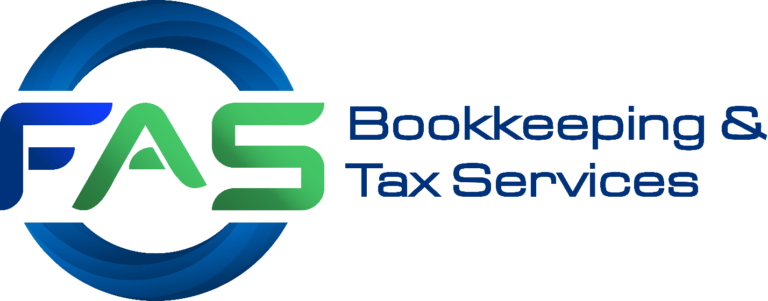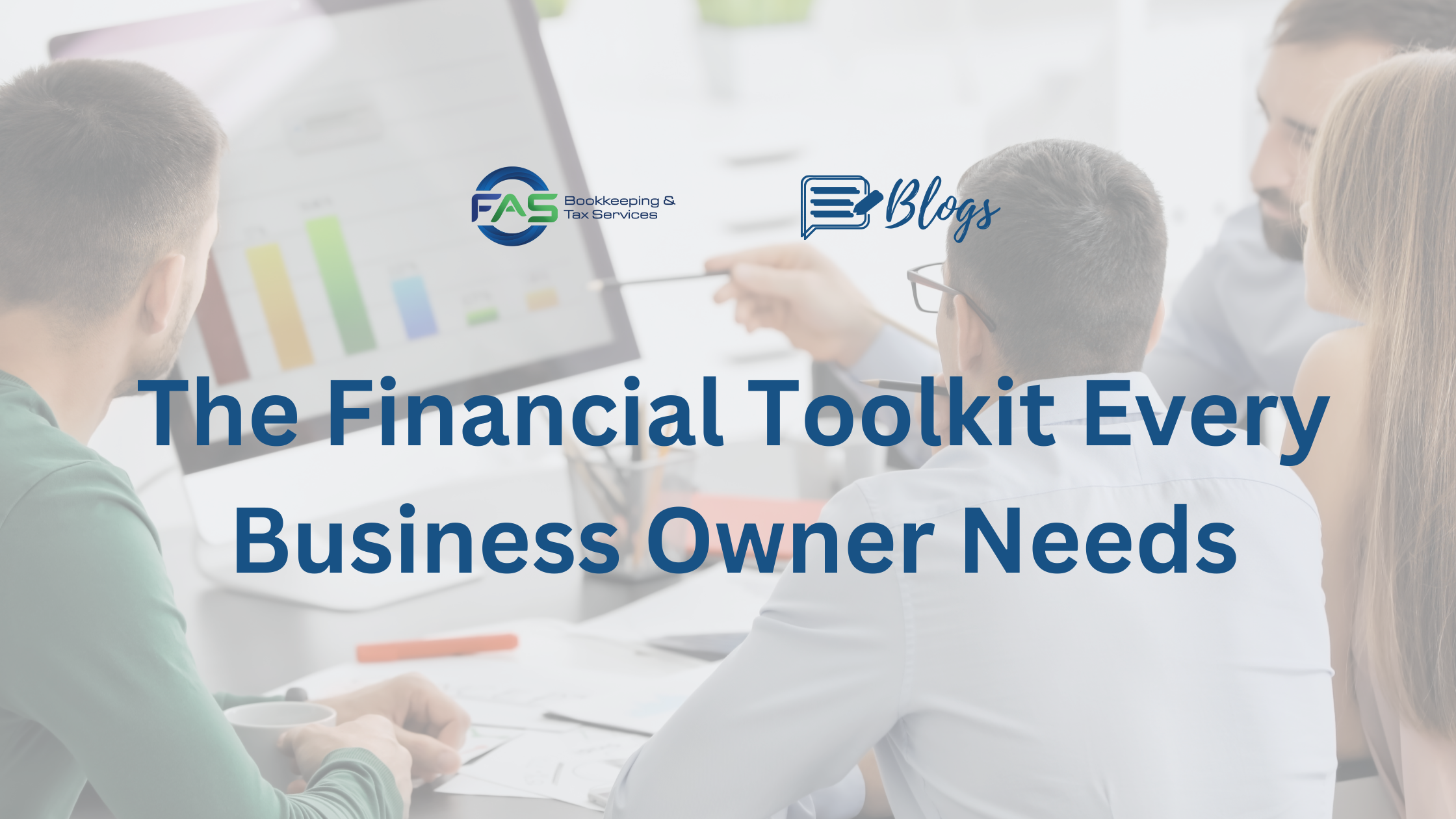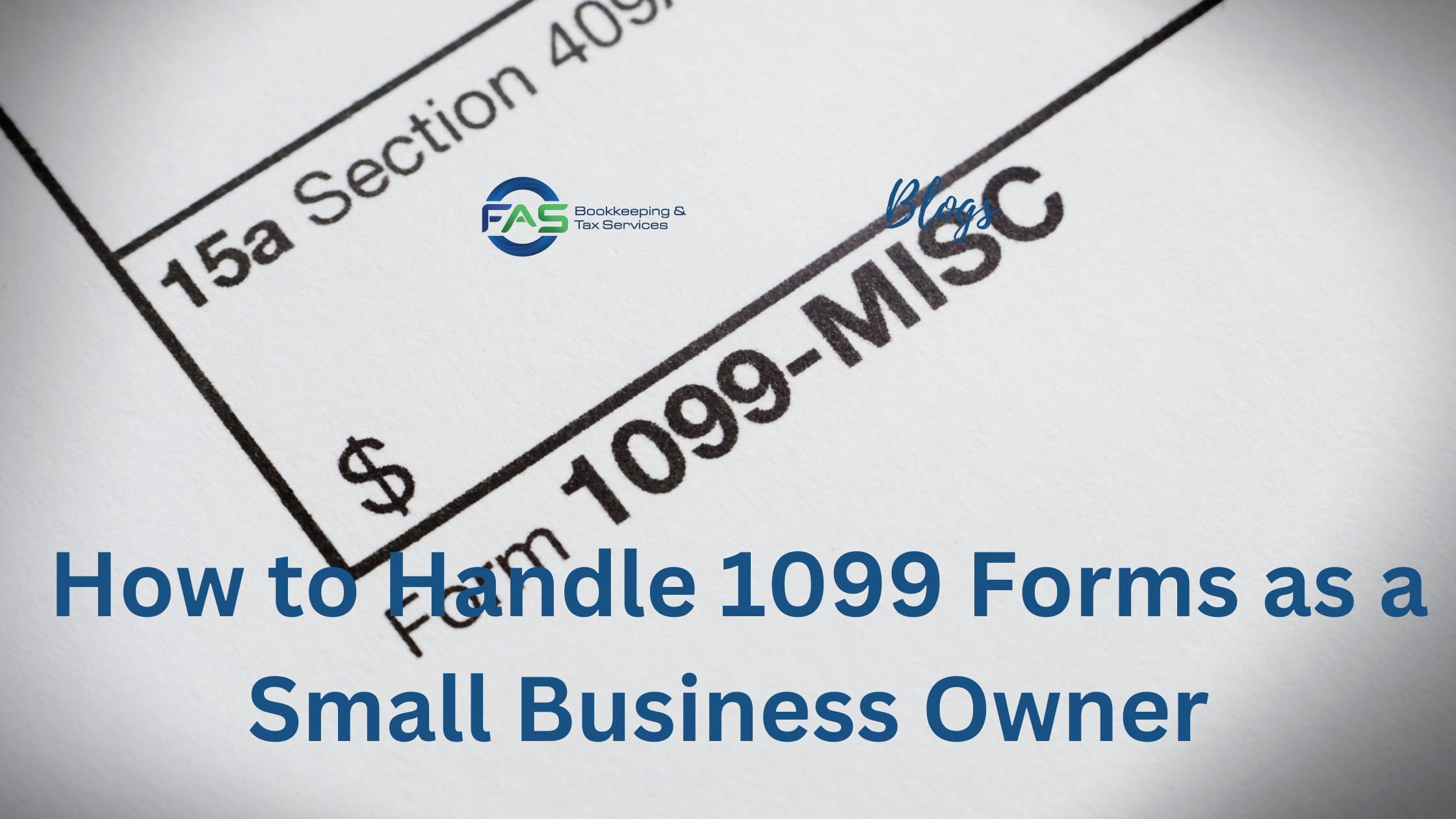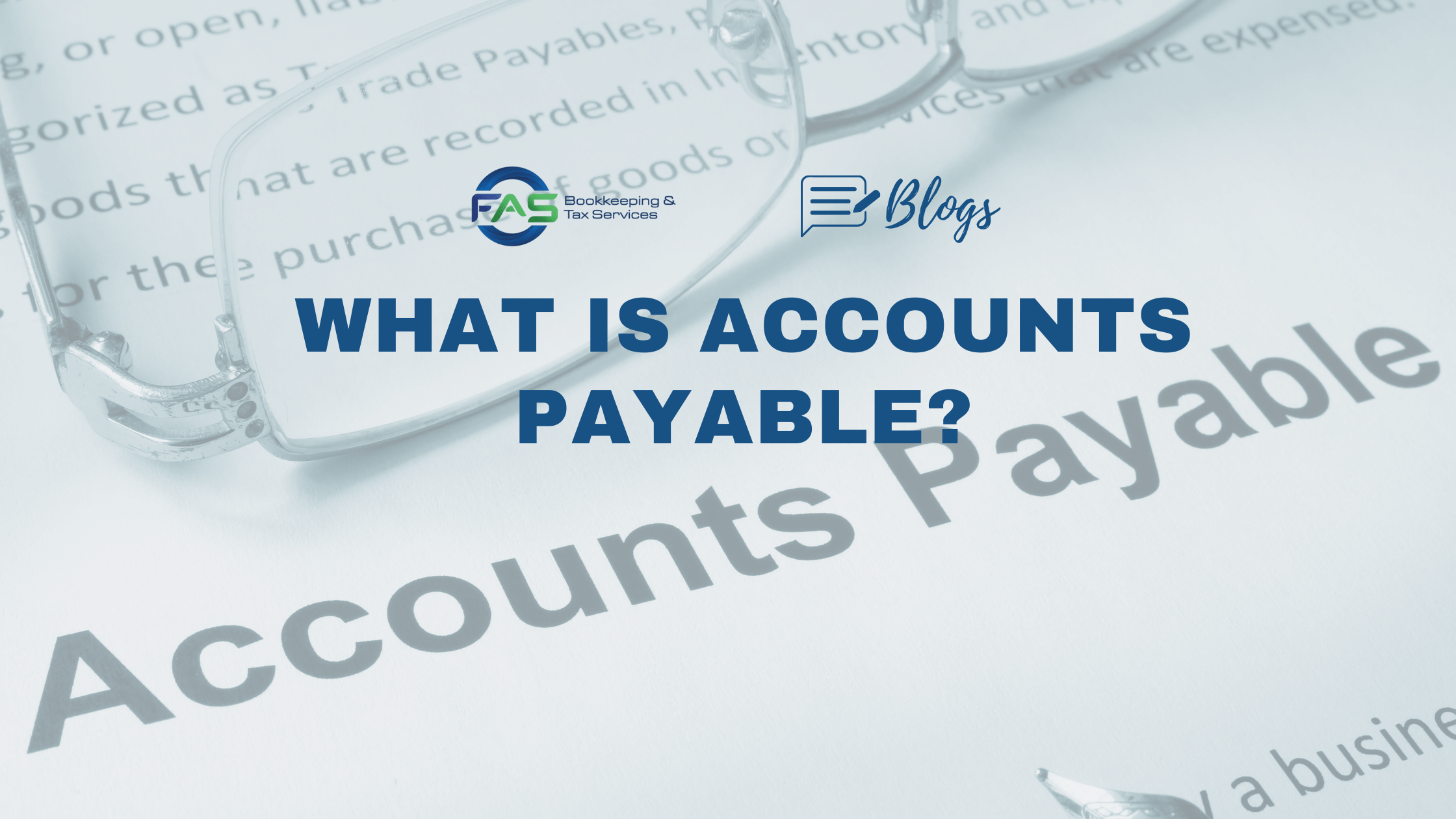What is Accounts Payable?

Accounts payable or AP is one of the main areas that you should put a careful eye on when it comes to your small business. AP is the term used to describe money that is spent within a business. Accounts payable are those expenses that have been made but not yet paid out. They usually include items such as raw materials, contract labor, utilities, telephone bills. There are four major parties in AP: these are customers, suppliers, bankers and internal staff (payroll). If a company is unable to pay its bills on time or in full, or if it fails to address external creditors’ concerns about its creditworthiness, the company may face financial distress that could lead to insolvency or bankruptcy down the road. The purpose of this article is to give more clarity about accounts payable.
The Accounts Payable process is one of the most important parts of managing your company’s cash flow. It helps you keep track of your liabilities and paying these on time.
If you’re not keeping an eye on your expenses and payments, you could easily end up paying for inaccurate invoices.
Having a good AP will help you establish internal control that you are paying for those that you have received and are paying those on time. This will also help you with better cash flow management
Recording Accounts Payable
To keep your books balanced, debits and credits must always be equal. To record accounts payable, record the bill or invoice as a credit to AP. The offsetting entry goes either to an expense account, if the item was on credit; or to an asset account, if it’s a capitalizable asset. When the bill is paid, record the payment as a debit to decrease the liability balance. The offsetting credit is made to cash, which decreases the cash balance.
To illustrate, when the Accounts Payable department gets an invoice for a purchase, it records a credit in AP and a debit to the expense account. The expense flows through to the income statement at this point, so although cash has not changed hands, the company has recorded the transaction. The company then pays the bill, and the accountant or bookkeeper enters a credit for $500 in cash and a debit for $500 to accounts payable.
Accounts Payable Invoice – What is it?
An accounts payable invoice is a request for payment sent from a supplier to the AP department. These invoices are generally outstanding amounts for particular goods or services purchased.
Sometimes, it can be helpful to think of an AP invoice as a bill that you might get from your utility company or cell phone company. You don’t pay this bill right away—you wait until you get paid by your employer, and then you pay the bill with the money that your employer has given you. The same is true for the accounts payable department: they receive invoices, but they don’t actually pay them until they receive payment from higher up in the organization.
Examples of Accounts Payable expenses
Accounts payable differ from other types of current liabilities, such as short-term loans, accruals and proposed dividends. Examples of AP expenses may include:
- Transportation and Logistics
- Raw Materials
- Power / Energy / Fuel
- Products and Equipment
- Leasing
- Licensing
- Services (Assembly / Subcontracting)
If you purchase any of the products or services listed above on credit, be sure to record the amount immediately to ensure that your balance sheet shows the correct financial position of your business.
What is the Accounts Payable process?
The full AP process can be boiled down into 4 simple steps:
Invoice Capture
Invoice capture involves the data entry of details from an invoice into a system of record. Manual invoice capture is risky because accuracy and human error can occur.
Invoice Approval
Invoice approval takes place when supplier invoices are reviewed and approved by someone in the Accounts Payable department. This happens prior to posting this invoice as an expense or asset on your accounting platform, such as Bill.com.
Payment Authorization
It’s important to get authorization to make a payment when you have an invoice ready for payment. Include the date you will submit the payment, the payment method, and the amount of the payment in your request.
Payment Release
After payment authorization, the invoice is paid and remittance details are sent to the vendor. This can involve printing, signing, and mailing checks, initiating ACH with your bank, or completing credit card payments. Now that the invoice has been paid, you can close it out of the system and file it away in various repositories.
A manual, paper-based accounts payable process can result in inaccurate bookkeeping and financial reporting, it also prevents your team members from working on higher-value activities that contribute to your bottom line, and cause late payments, missed opportunities (ex. discounts for early bill pay), and inaccurate payments.
Improperly managed manual accounts payable processes can lead to fraudulent activity and business email compromise (BEC). It is important to have an up-to-date and well-run system in place to ensure that your organization is not missing out on opportunities or reporting inaccurate financials.
Three things are typically needed to execute the accounts payable process: the purchase order, receiving report (or goods receipt), and vendor invoice. However, a purchase order is optional and depends on what your company needs.
- A purchase order is sent from the purchasing department of a company to a vendor. The PO will show a list of the requested merchandise, quantities of each item requested, and a final price for the order.
- Once the purchasing organization receives the merchandise, a receiving report is drawn up to document the shipment: This report will include any damages or quantity discrepancies associated with the order.
- Finally, the vendor invoice is sent by the vendor to the purchasing organization to request payment for the goods or services provided. AP receives the vendor invoices and begins the accounts payable process.
Accounts Receivable vs Accounts Payable
Accounts payable and accounts receivable are like two sides of the same coin. AP is money that a company owes to its vendors, while accounts receivable is money that a company has coming in from customers. When one company transacts with another on credit, one will record an entry to AP on their books while the other records an entry to accounts receivable.
Trade Payables vs Accounts Payables
The phrase “trade payables” usually refers to money owed to vendors for inventory-related goods, such as business supplies or materials that are part of the inventory. The term “accounts payable” includes all of the company’s short-term debts or obligations. For example, if a restaurant owes money to a food or beverage company, those items are part of the inventory, and thus part of its trade payables. Meanwhile, obligations to other companies, such as the company that cleans the restaurant’s staff uniforms, fall into the AP category. Both of these categories fall under the broader accounts payable category, and many companies combine both under the term accounts payable.
Relationship between cash flow and accounts payable
In a business context, AP is recorded as a short-term liability in the balance sheet. If handled improperly, this practice can have a major impact on cash flow.
Accounts payable is treated as a source of cash, meaning that if you manage your AP properly, you can take advantage of supplier agreements and increase the amount of cash on hand. Managers and accountants can reference their AP and manipulate their cash flow accordingly to achieve specific outcomes.
For example, when your company is starting on a new project that requires cash reserves to be as sound and healthy as possible, management can delay paying outstanding accounts payables for a period of time; this is okay in the short term but can have long-term damaging effects. Taking steps to automate your accounts payables process can help optimize your cash flow.
Is Accounts Payables a liability or an expense?
Accounts payable is a liability because it is money owed to one or many creditors. AP is part of a business’s balance sheet, while expenses are part of an income statement.
In other words, accounts payable is money that you owe to someone else, whereas expenses are the costs of doing business. For example, if your company buys $100 worth of office supplies for its employees every month, those are accounts payable because they’re debts your business owes to the vendor from which you bought those supplies. The amount that you spend on office supplies during the month would be an expense (and would appear on income statements).
Bottom line
Accounts payable is as crucial as cash flow as it can put your company in knee deep debt to your creditors or it can give you ample amount of cash when you need it the most! You need to keep a close eye on your accounts payable if you want the best for your business. We know how busy you can be as a small business owner, that’s why we’ve made it our mission to help small business owners save time and energy not just with their bookkeeping but with their accounts payable as well! If you need a professional to handle your accounts payable while you manage the growth of your business, don’t hesitate to send us a message today!





